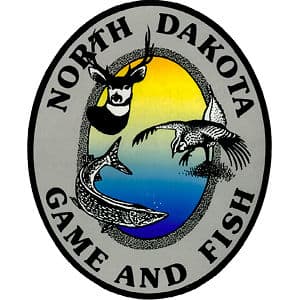Spring Duck Index Up, Water Conditions Down in North Dakota
OutdoorHub 07.17.12

The North Dakota Game and Fish Department’s annual spring breeding duck survey showed an index of 4.8 million birds, up 16 percent from last year and 112 percent above the long-term average (1948-2011). The 2012 index is the third highest on record.
All species were well above the long-term average. Wigeon (+88 percent) and green-winged teal (+221 percent) were at record highs. Mallards, gadwall, blue-winged teal, shovelers, redheads and ruddy ducks exceeded the long-term average by more than 100 percent.
Only pintails, shovelers and canvasbacks were down more than 10 percent from last year, and mallards were essentially unchanged. Blue-winged teal were at their highest level since 2001, missing the record high by less than 1 percent.
“Excellent production last summer brought many breeding pairs back to the state,” said Mike Szymanski, waterfowl biologist. “Fortunately, there was still enough habitat to attract them to North Dakota.”
The spring water index was down 57 percent from 2011 and 6 percent from the long-term average. Compared to last year, Szymanski said water indices observed on individual transects were all down 50-65 percent. The water index is based on basins with water, and does not necessarily represent the amount of water contained in wetlands.
“Water conditions were good in larger wetlands, but the lack of snow this past winter and the lack of significant spring rains reduced the number of temporary and seasonal wetlands,” Szymanski said. “Undoubtedly, many wetlands dried up within days of completing the survey.”
Additionally, nesting cover in North Dakota continues to decline. During the survey, Szymanski noted many large tracts of grassland and Conservation Reserve Program land had been converted to cropland since last year. “North Dakota currently has about 2.3 million acres of CRP, which is down about 30 percent from 2007,” Szymanski added. “Projections are that more than 650,000 acres will be lost in 2012, and an additional 1.1 million acres will be lost in 2013-14. The loss of critical nesting cover will be disastrous for breeding ducks, other nesting birds and hunting opportunities in the future.”
The July brood survey will provide a better idea of duck production and insight into expectations for this fall. Observations to date indicate prospects for good production across the state given abundant breeding pairs and average wetland conditions.

